Carrie Mae Weems: correcting art’s past and funding its future
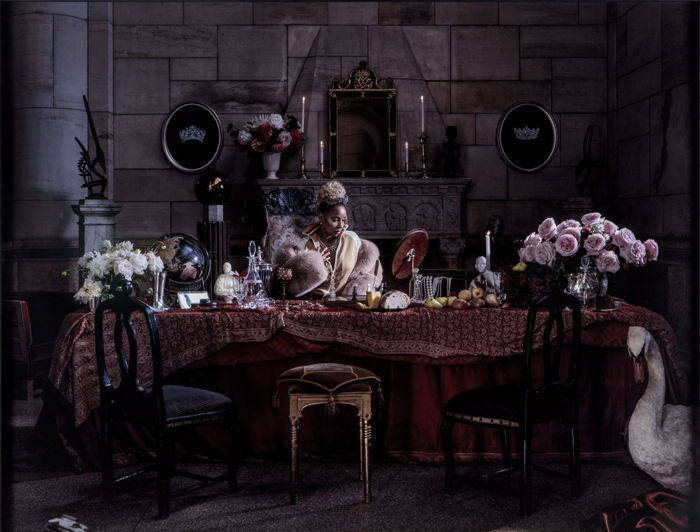
Roula Khalaf, Editor of the FT, selects her favourite stories in this weekly newsletter.
Whether it’s a big ticket affair in a white marquee or an urban art show in a grungy warehouse, one of the primary pleasures of visiting any art fair is the celebrity spotting. Sadly, this is a treat no longer available in an era of social distancing and virtual viewing rooms. But we know of one celebrity to grace Frieze New York’s online Viewing Room with her presence next week: Mary J Blige.
The singer will be in attendance, as photographed by the US artist Carrie Mae Weems, sitting alone at a long table groaning with fruit, flowers, strings of pearls and African sculpture. “Queen B” (2018-19) depicts Blige at the centre of the scene looking at her reflection in a mirror. The mood is introspective, her expression enigmatic.
When I speak to Weems on the phone from her home in Syracuse in upstate New York, she describes the image as “a correction”. It’s a response, she says, to the years of misrepresentation of black women in art and culture — as well as to art history itself, dominated for so long by white men.
“Queen B” alludes to the European traditions of regal portraiture, of the woman at her toilette, of still life arrangements of food and shiny objects — “but it’s American, and it’s African American”, Weems says. “I’m interested in certain histories rubbing up against other histories,” she explains, “and in embedding new forms in old ones, in order to disrupt them.”
Weems’ photograph (one of an edition of 10) will be on sale through a non-profit initiative set up by California Institute of the Arts to raise money for a new scholarship endowment. Weems herself attended CalArts, graduating in 1981, and she recalls applying for “every grant going”, having come from a family “that didn’t have any money”.
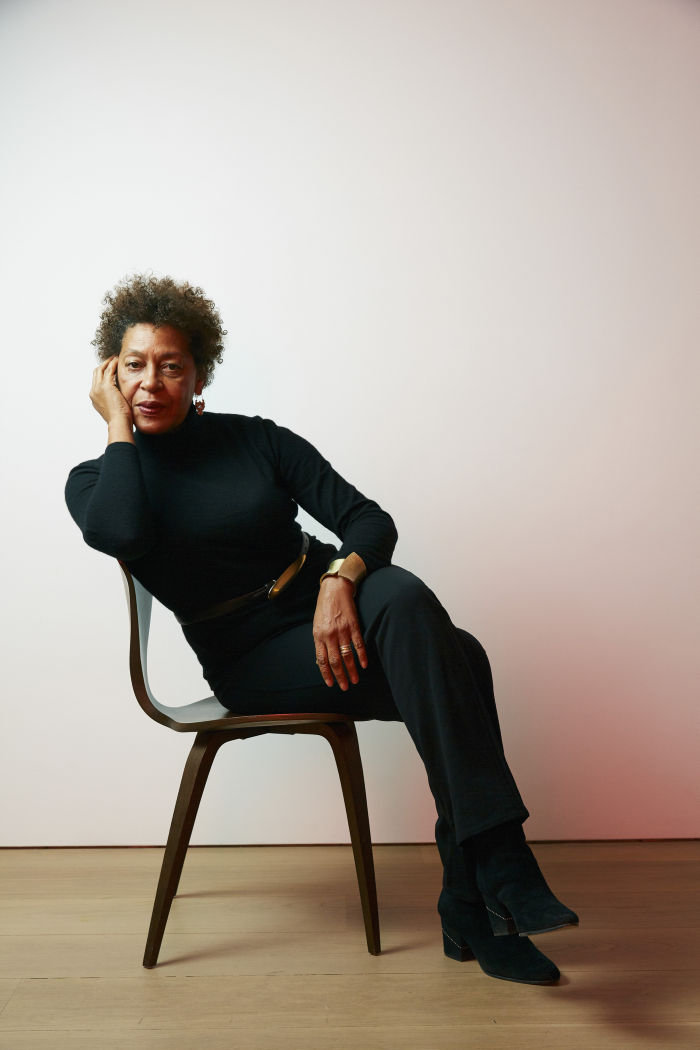
“Queen B” is one of the artworks by 50 CalArts alumni taking part in the fundraising project, which is called 50+50: A Creative Century from CalArts to Chouinard. Ten of those artists will exhibit at Frieze, their pieces ranging in price from $3,500 to $140,000. They include the late John Baldessari, who taught at the school when Weems was there and is represented here by one of his penguin sculptures, as well as Anne Collier, Barbara T Smith, Tony Oursler and Naotaka Hiro.
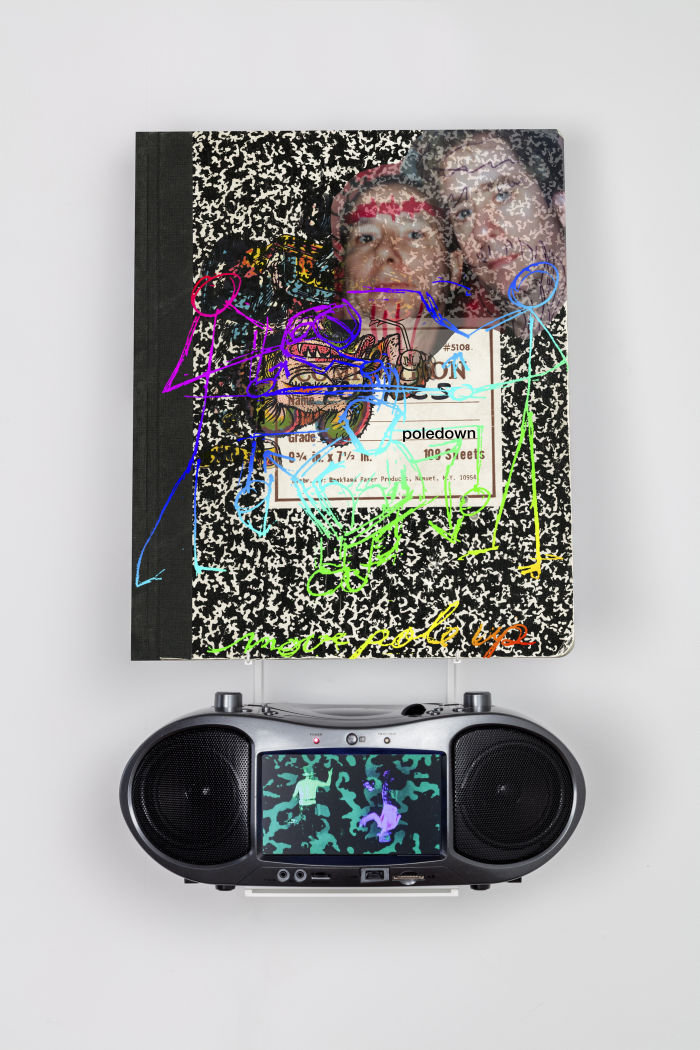
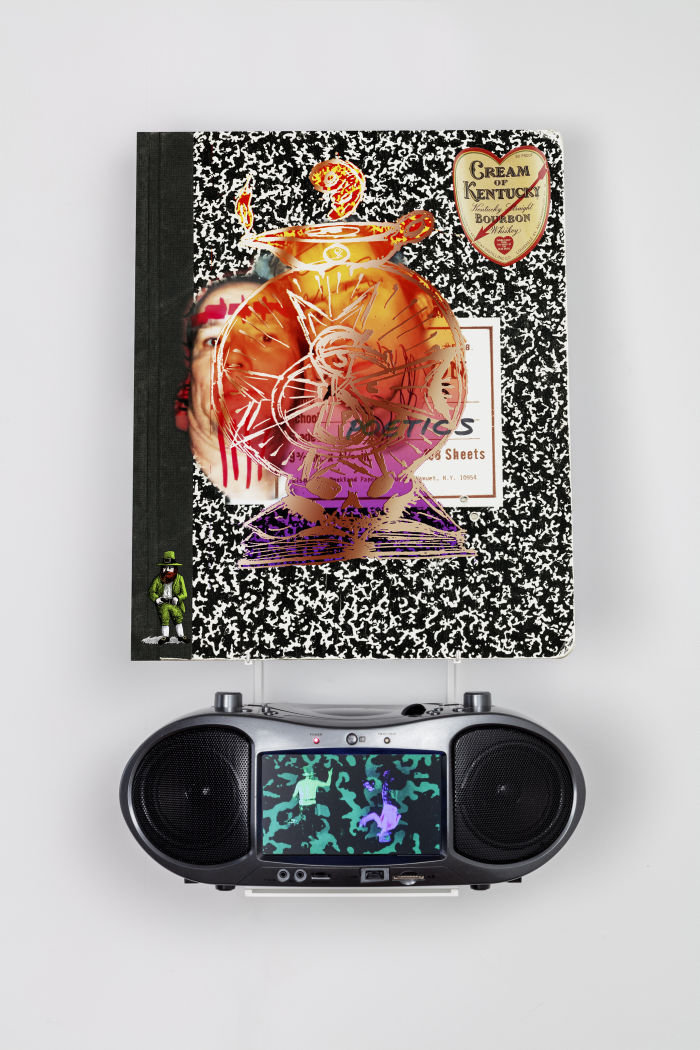
Many of the works attest to the strong bonds formed at CalArts. “Lucky Charm” (2019), Oursler’s series of multimedia installations, was inspired by his friendship with the artist Mike Kelley, who he met at the school. And Collier presents her portrait of Baldessari, her teacher and mentor at CalArts — the first to be released from her 2002-04 “Aura Polaroids” series.
The “creative century” — or almost century — of the project’s title refers to the evolution of the school since the founding of the Chouinard Art Institute in Los Angeles in 1921. It became CalArts in 1970 when Walt Disney oversaw the merger of the Chouinard — where many of his animators had trained for decades — with the LA Conservatory of Music (CalArts’ graduate degree courses now include music, dance, film and theatre).
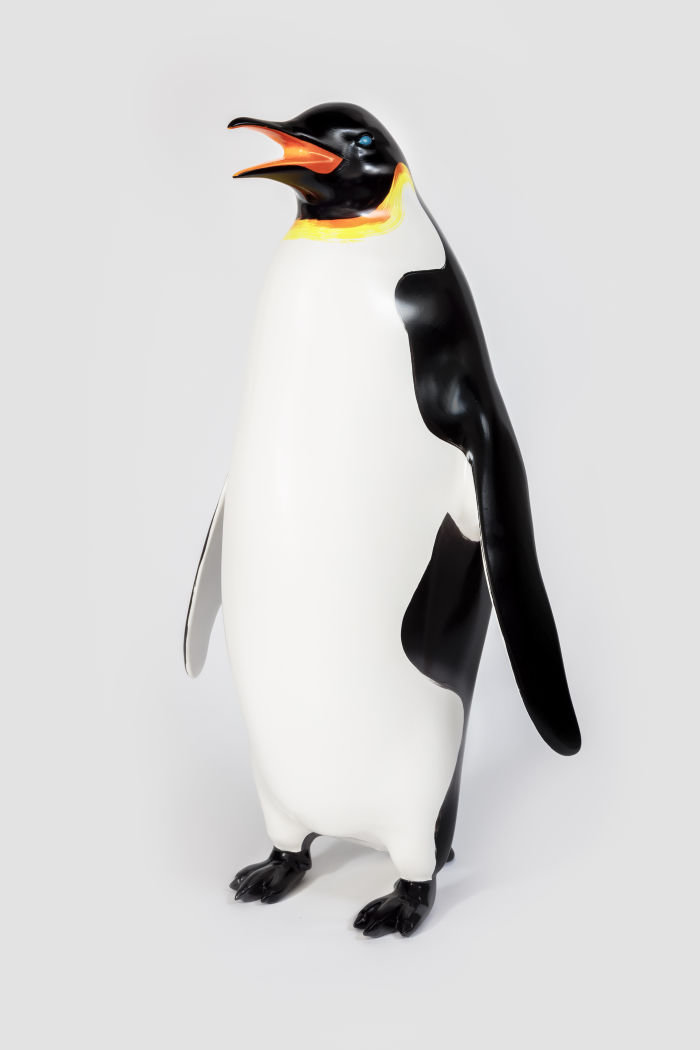
In the 1950s and ’60s, Chouinard was at the forefront of some of the developments in the visual arts, including the Light and Space and Finish Fetish movements. And CalArts, at its new campus in Valencia, just north of LA, became known as a hub of interdisciplinary practice and new ideas, ranging from conceptualism to feminist art.
Weems remembers CalArts as “a dynamic place, an extraordinary place to go to school — in the middle of nowhere, a small town off the beaten track”. There, she says, she was able to concentrate on her work “without the allure of LA, which was about an hour away. It was a great place for experimentation,” she continues. “It was really set up for that.”
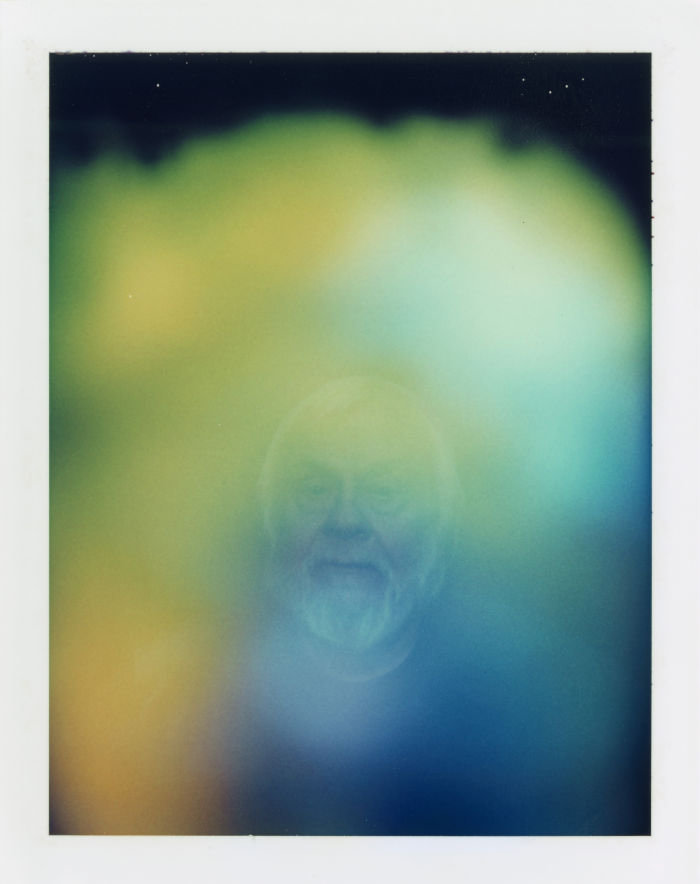
CalArts had a radical approach to teaching and learning, she explains, with no grades as such (just “pass” or “fail”) and egalitarian relationships between the teachers and students. Almost 40 years later, Weems is still in touch with one of her teachers, the photographer Jo Ann Callis. “There are only a few great teachers,” she muses, “so you have to find them — and they have to find you.”
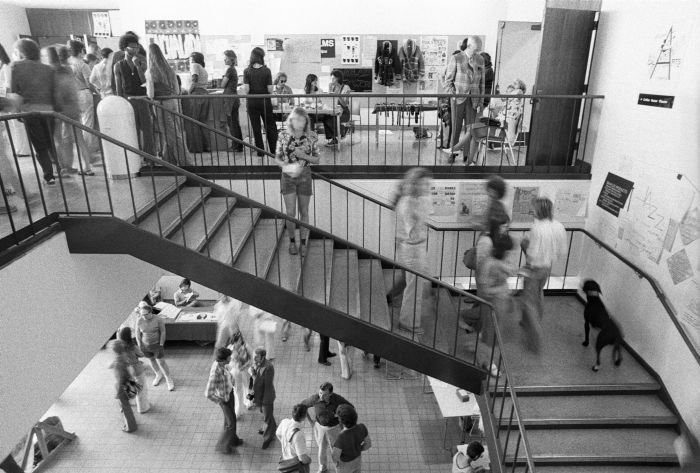
Devoting one’s life to art has always been “financially precarious”, Weems points out, both for the student starting out and for the aspiring artist trying to make it professionally. Few of her fellow students are artists we’ve heard of today. But the student debt crisis in the US is worse than before, and the chances of forging a viable career even tougher as an economic recession brought about by the coronavirus pandemic looms.
As Ravi S Rajan, president of CalArts, puts it, “our desire to provide scholarship support for our students and lessen the financial burden on them has never been more critical”.
Of course, the 10 CalArts alumni at Frieze New York represent those who made it big in the art world. At a moment of great uncertainty it feels fitting that they should be lending a hand to the next generation.
Frieze Viewing Room, May 8-15, 50plus50.calarts.edu
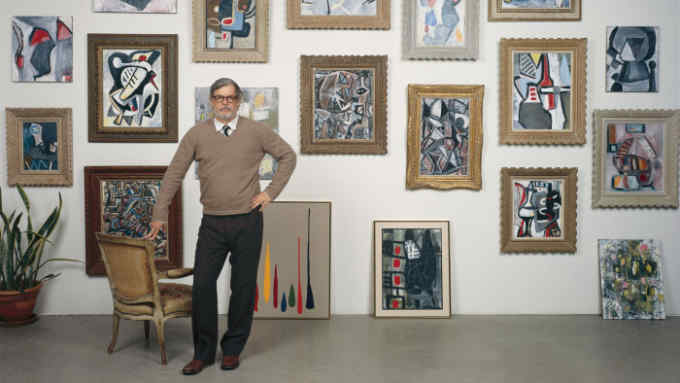
Comments